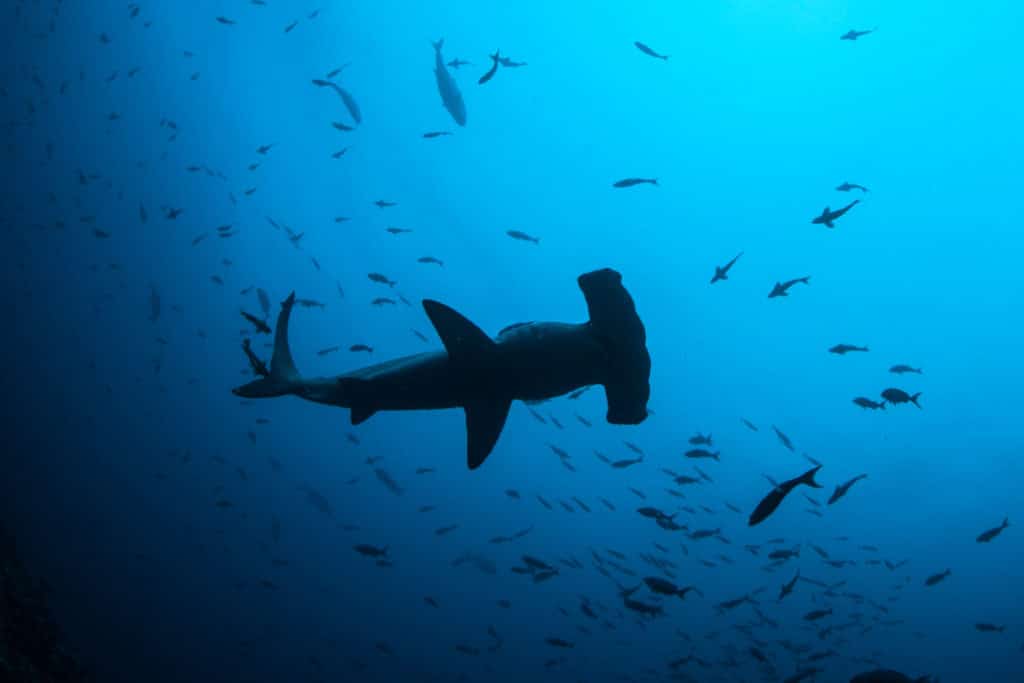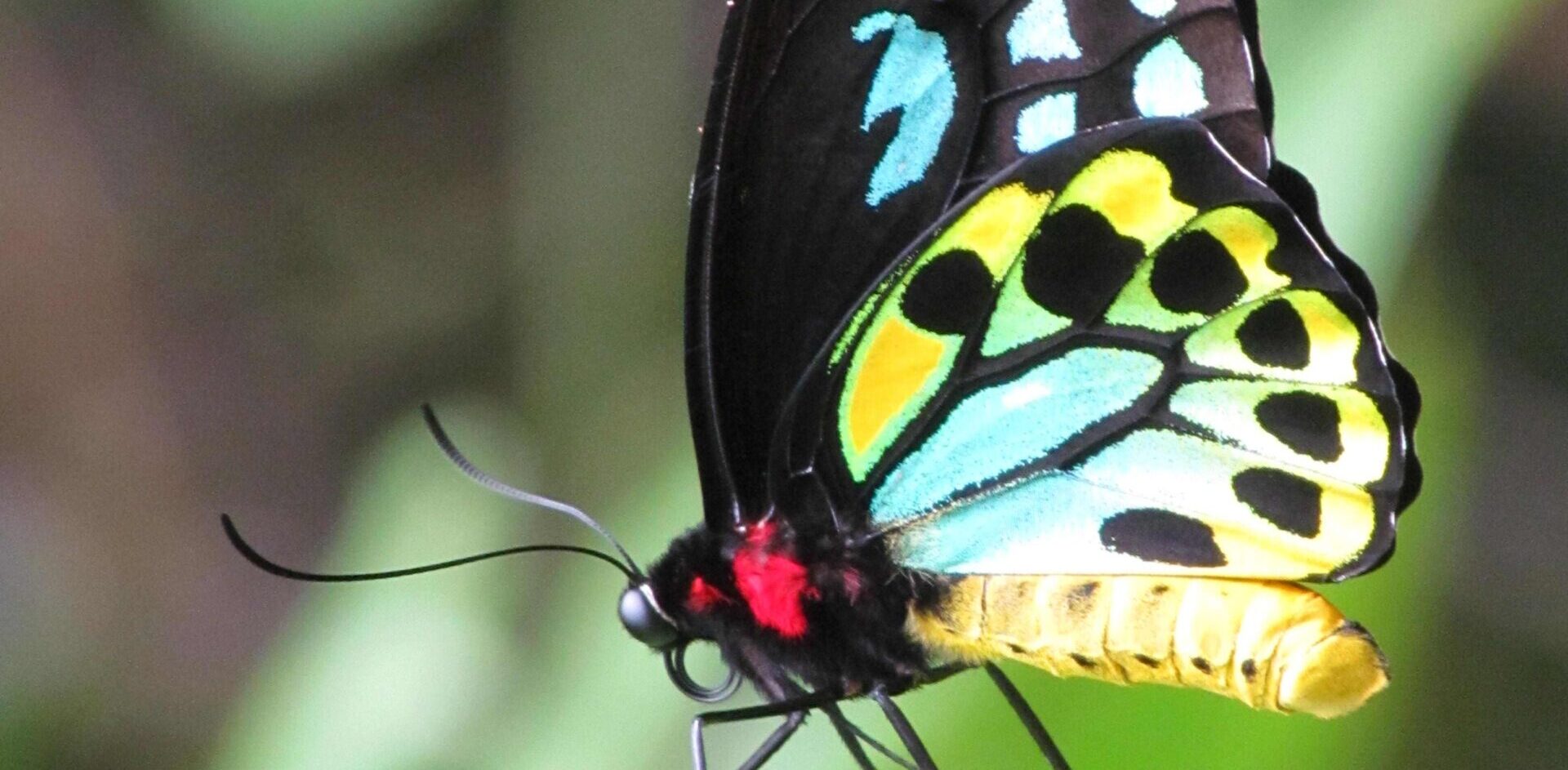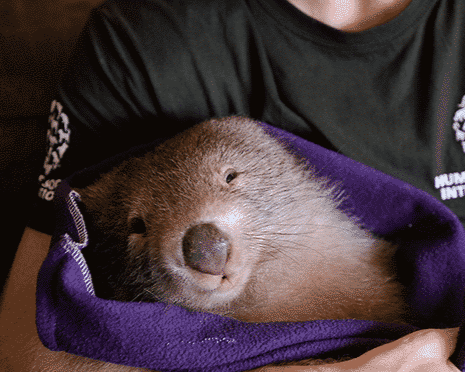The Newsletter of Humane World for Animals' Wildlife Land Trust • Issue 30 • 2025 Read More
We see you Canada.
In a mere matter of weeks, Canada passed not one, but two remarkable pieces of ocean conservation legislation.
On the 10th of June Canada passed Bill S-203, the Ending of the Captivity of Whales and Dolphins Act. Then, just 8 days later, on the 18th of June, H.R. 1456, the Shark Fin Sales Elimination Act, was passed.
Each was a culmination of years and years of campaigning, political pressure and hard work. These bills are the first of their kind among G20 countries, and their passing reflects contemporary and progressive ocean conservation aims.
Recognising the intelligence, sentience, and emotional capacity of whales and dolphins, known scientifically as cetaceans, there has been a movement gaining momentum to end the practice of cetacean captivity. A wider audience was made aware of the plight and suffering of marine mammals in captivity by the ground-breaking documentary ‘Blackfish’, which criticised Sea World and similar institutions for their treatment of these animals. Keeping whales and dolphins for entertainment has finally been acknowledged as cruel and an affront to animal welfare, strengthening the campaign to end their incarceration. This bill was a legislative affirmation of that movement in Canada.
Nicknamed the “Free Willy Bill”, it included bans on the trade, possession, capture and breeding of all whales and dolphins. The most comprehensive of its kind, this bill affects two facilities in Canada – Marineland (Niagara Falls) and the Vancouver Aquarium. Grandfathered under the legislation, they will be able to keep the dolphins and beluga whales they have but cannot breed them or import any new animals, meaning they will be the last to suffer captivity. Additionally, any new establishments cannot keep cetaceans.
In the ocean, cetaceans are highly social, with many species living in large family groups forming strong familial bonds. They also have an immense freedom to hunt, traverse and migrate without boundary. Contrast these conditions with isolation, frequent transfers, and tiny pools, and it’s clear to see that these practices are well and truly cruel.
Along with many stakeholders, Humane Society International/Canada had campaigned for years for this ban. It not only echoes, but improves upon similar legislation in places like Brazil, France, India and Switzerland.
A movement to end shark finning has gained momentum in a similar way in recent years. Brought to the attention of the world through the late Canadian Rob Stewart’s documentary ‘Sharkwater’, finning was revealed to be barbaric, and a major contributor to the 100 million sharks killed every year.

Live-finning occurs when a shark is hauled on board through the use of sharp hooks, has its fins cut off and is then thrown back to sea to spasm finless as it sinks, suffocating or becoming prey. While some countries have banned the practice of live-finning and require sharks to be brought back to port whole, Canada becomes the first G20 nation to ban all import and export of shark fin.
As the largest importer of shark fin outside of Asia, this is a very significant win for sharks and the ocean conservation movement. Unsustainable shark fisheries around the globe have driven species declines of up to 90% or more in heavily fished areas. According to the International Union for the Conservation of Nature, extinction is a terrifyingly reality for 25% of shark and ray species if current practices are continued.
While we applaud Canada’s amazing progress in protecting their marine wildlife and ocean environment, we’re left wondering, where is Australia left on these issues?
Like Canada, only two facilities in Australia currently possess cetaceans in captivity – Dolphin Marine Conservation Park in Coffs Harbour and Sea World Marine Park on the Gold Coast. Both establishments have been under pressure in recent years, with Dolphin Marine Conservation Park announcing they will no longer breed the animals, and that the 5 bottlenose dolphins they have will now be their last. Sea World continues to breed dolphins and host dolphin shows.
Unfortunately for the sharks, Australia lags behind in finning as well. While live-finning is outlawed, fin export is allowed and much of the tropical shark fisheries in Queensland and the Northern Territory feed this trade. This includes gillnetting in the Great Barrier Reef that targets a range of species including endangered scalloped hammerheads sharks. As we speak, there is an effort to open a new Tropical Shark Fishery in Western Australia, which will be a dedicated shark-fin fishery in all but name.
As a nation, we must do better to protect our wildlife and our oceans. If you want to help HSI and speak up for marine wildlife, you can sign this action to stop gillnetting.
A marine ecologist specialising in conservation, research and outreach, Lawrence has spent years working with wildlife, the ocean and the public to engender sustainable relationships between them. He has worked as a field biologist, environmental consultant, naturalist and project coordinator with a BA from the University of San Diego, and an MSc from James Cook University. Lawrence’s work at HSI is currently focused on shark welfare and protection, specifically in regards to culling and control programs, overexploitation, and international protection.
Header image: Pixabay; Hammerhead: iStock.com/Velvetfish


